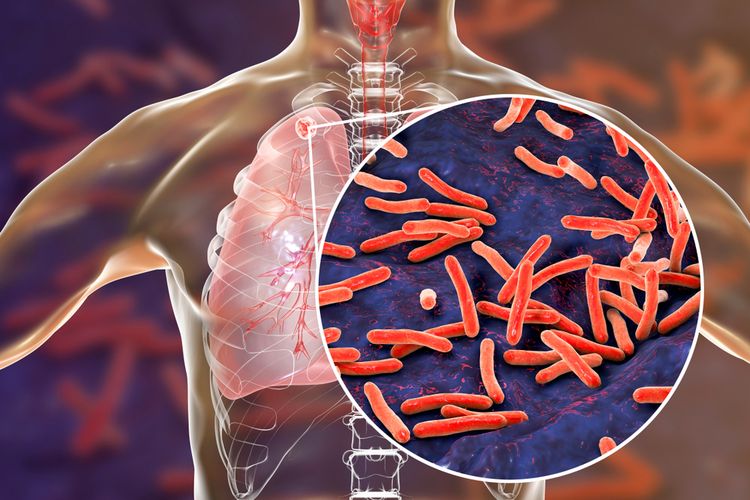Tuberculosis or TB is a disease that you have heard of very commonly. Yes, TB is an infectious disease caused by bacterial infection, where these bacteria have the potential to attack various organs of the body, including the lungs.
Facts show that Indonesia is ranked third with the highest number of TB sufferers in the world, after India and China. Apart from that, there are still people who believe in myths about TB. Therefore, to anticipate this, let’s understand some of the information about TB which is presented below.

What is TB?
Tuberculosis or TB is a disease caused by infection with the bacteria Mycobacterium tuberculosis. These bacteria can enter the lungs and cause the sufferer to experience shortness of breath accompanied by a chronic cough.
So, is TB contagious? Yes, TB is an infectious disease that you need to be aware of. According to data from WHO, in 2020 as many as 1.5 million people died from TB disease.
Even now, TB is the disease that is ranked second on the list of diseases that cause the most deaths after COVID-19. Even so, TB can still be treated with proper treatment. However, this figure is not greater than the number of patients who were saved. From 2000-2018, 58 million lives were successful in fighting this disease with medical treatment.
So, how does TB transmission occur? TB is a disease that can be transmitted by droplets, that is, when someone accidentally inhales saliva from another person with TB. most often through coughing or sneezing, so the risk is quite high.
Causes of Pulmonary Tuberculosis
As previously mentioned, TB is a disease caused by bacterial infection, specifically Mycobacterium tuberculosis. The bacterial infection stage in TB sufferers goes through three stages, including the following.
1. Primary Infection
This stage occurs when air containing the bacteria that causes TB is inhaled through the nose or mouth until it enters the lungs and multiplies.
2. Latent Infection
When bacteria begin to grow, the immune system will fight back. When the immune system is successful in fighting it, the bacteria will “sleep” and will not actively infect. So, people who are infected will not feel any symptoms.
3. Active Infection
On the other hand, when the body’s immune system cannot successfully fight bacteria that enter and reproduce, the bacteria will be free to attack healthy cells in the lungs. This condition will make sufferers experience symptoms.
NEXT TOPIC: matauangslot


No Responses